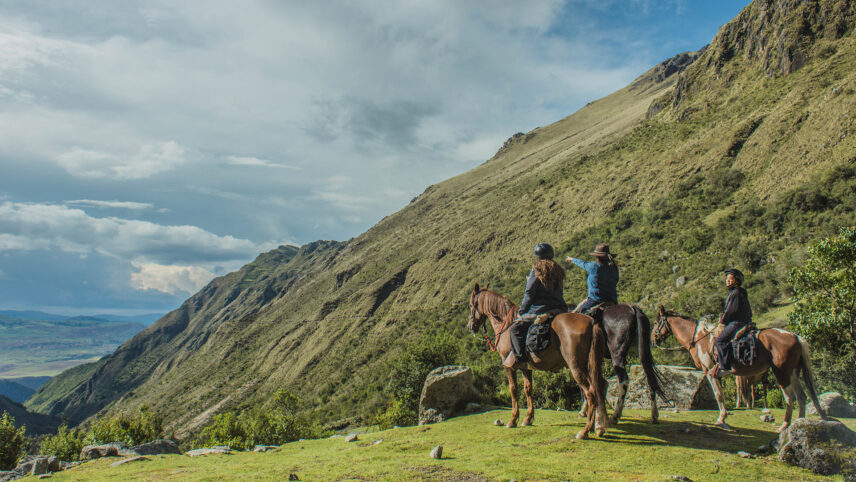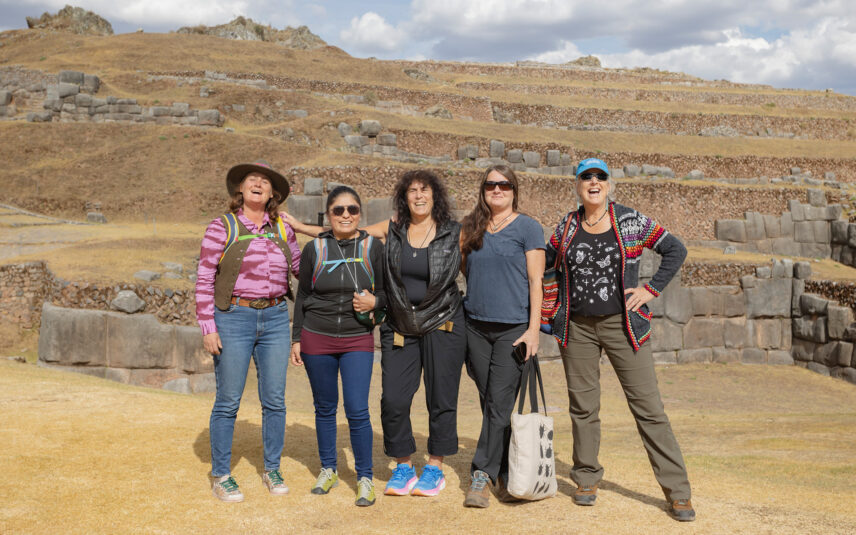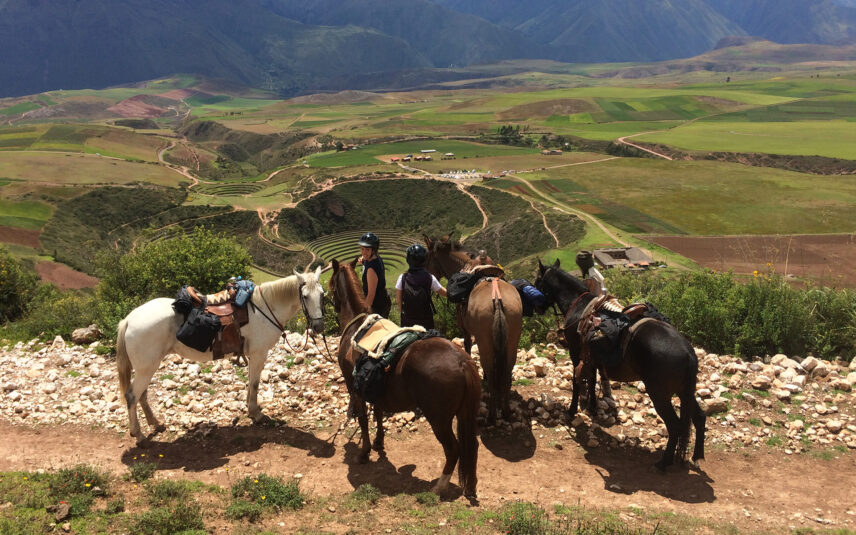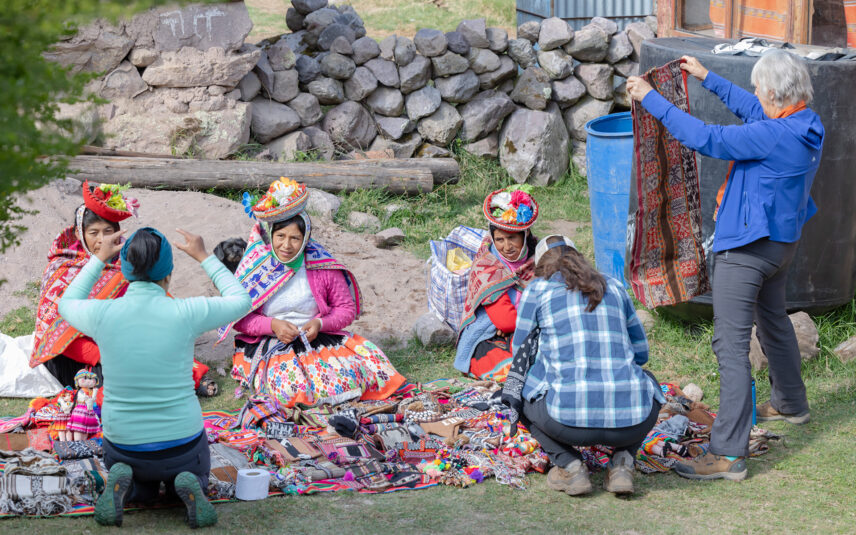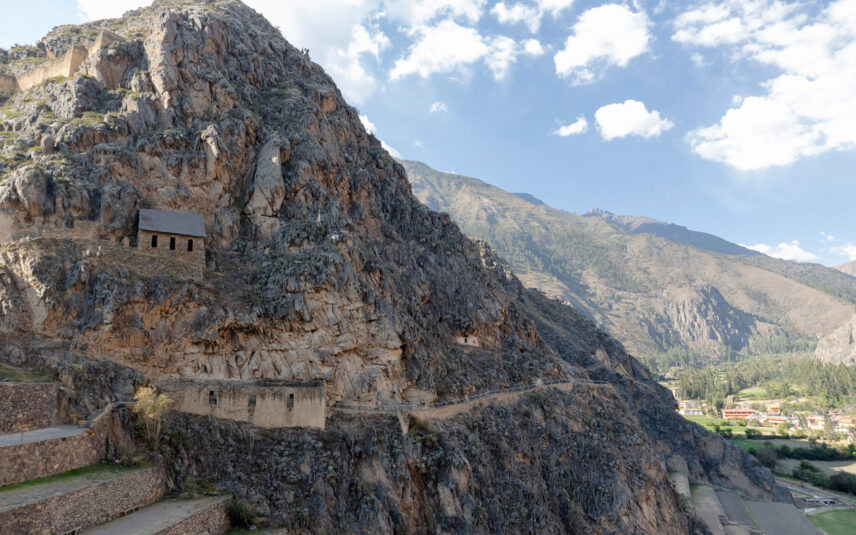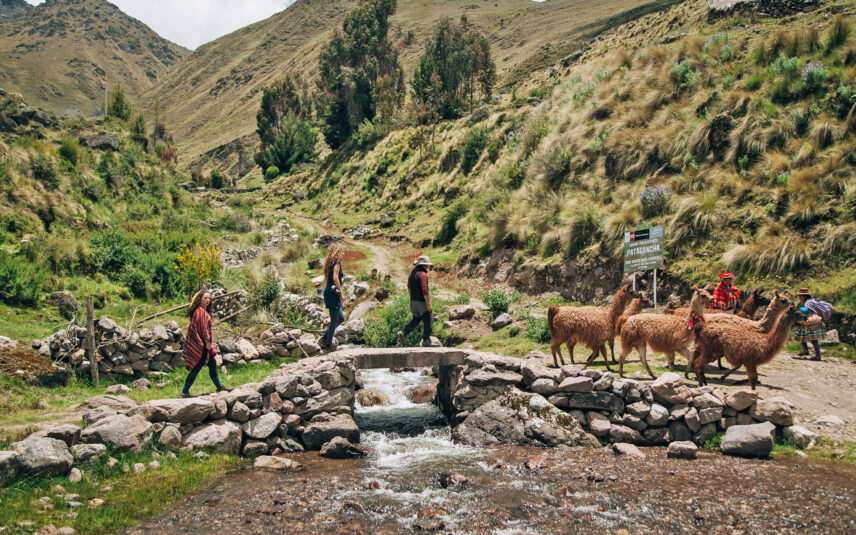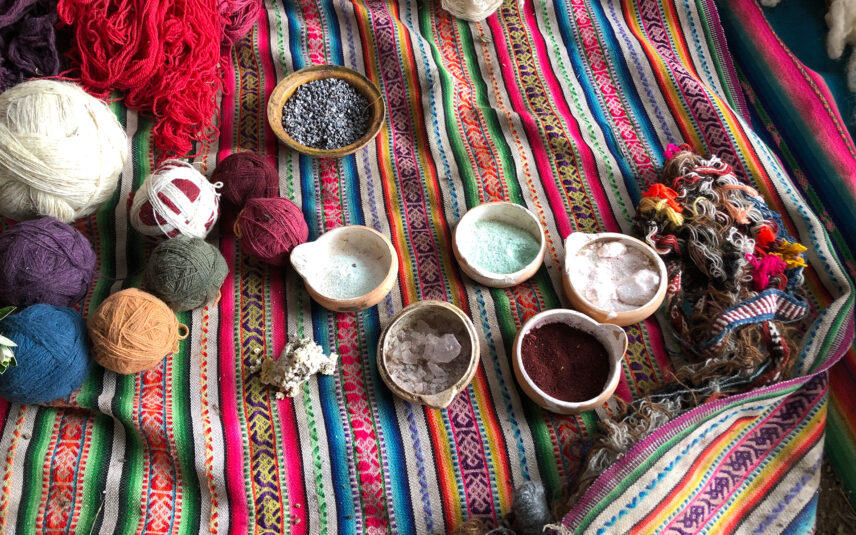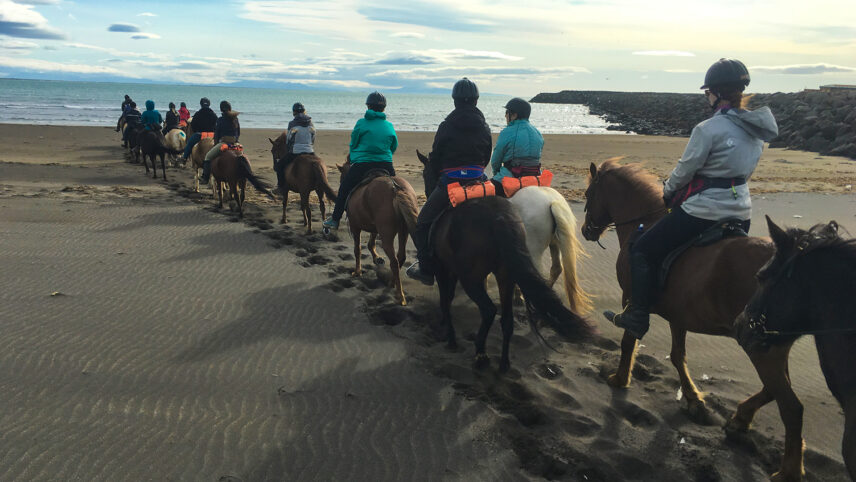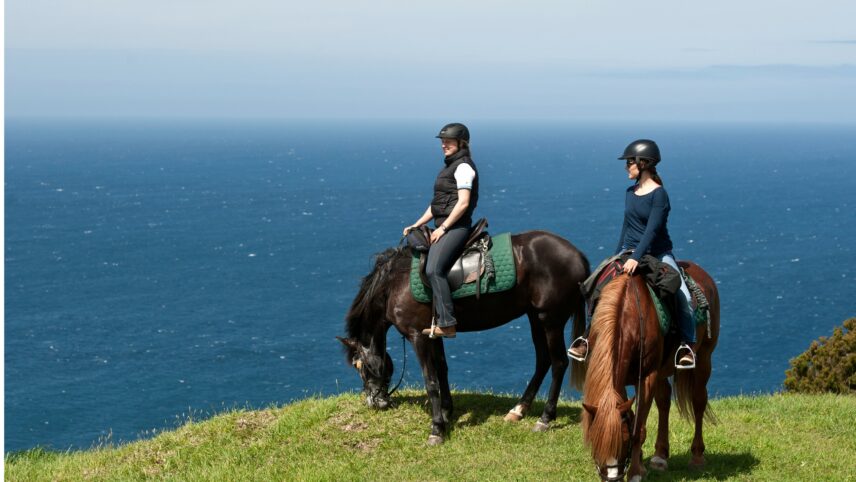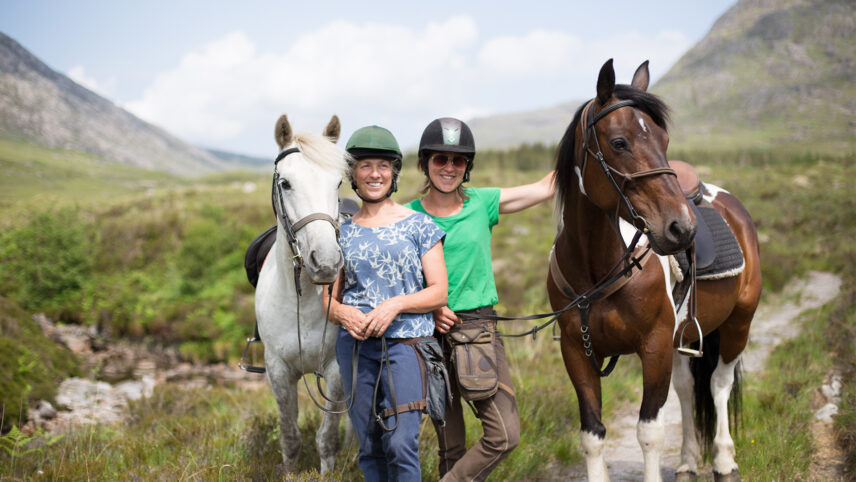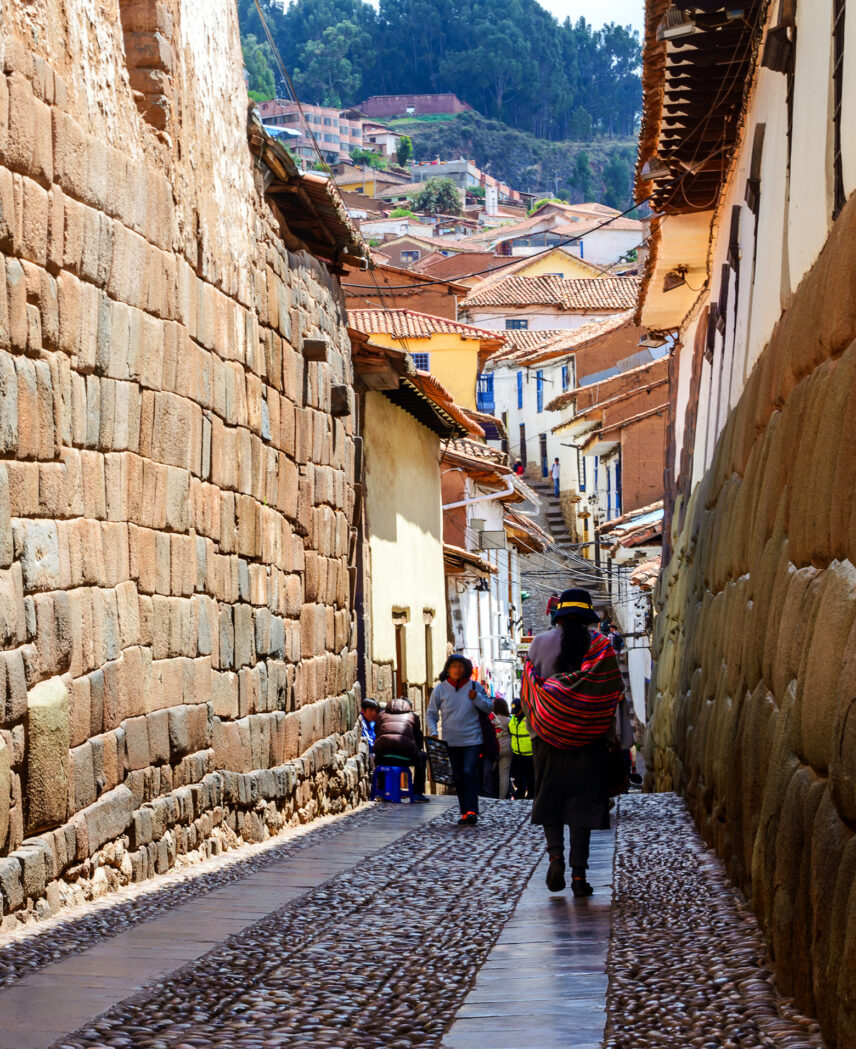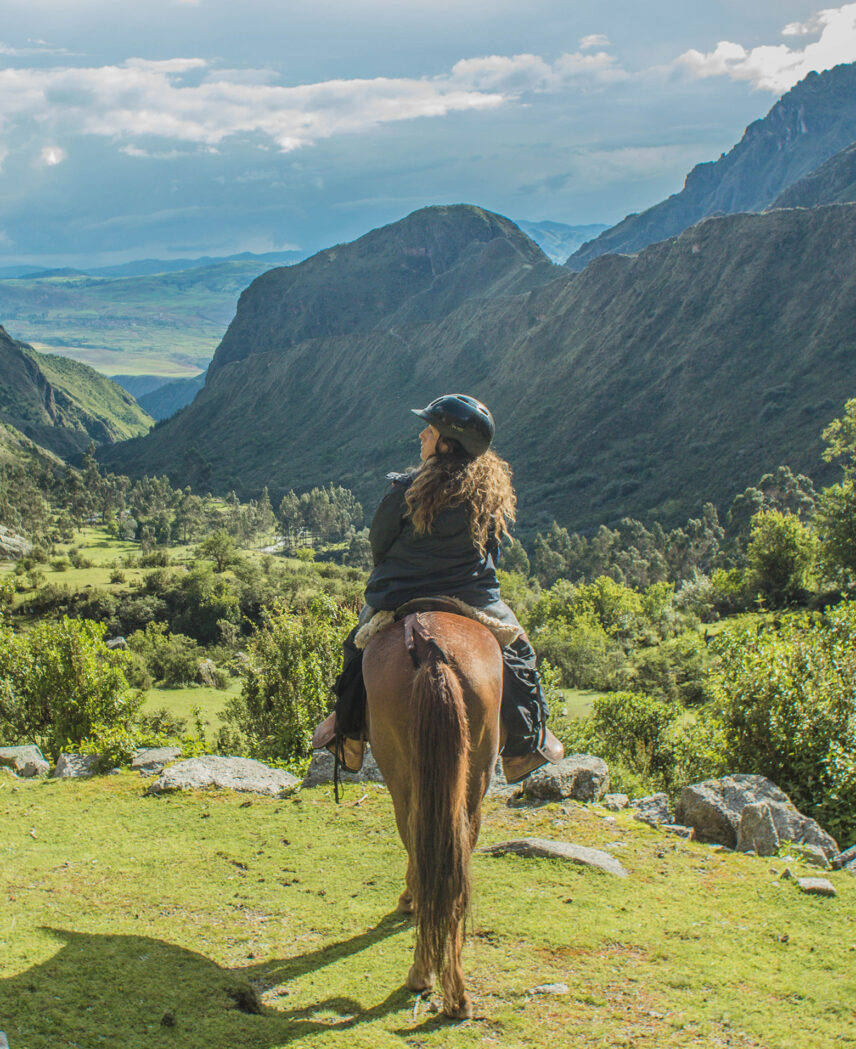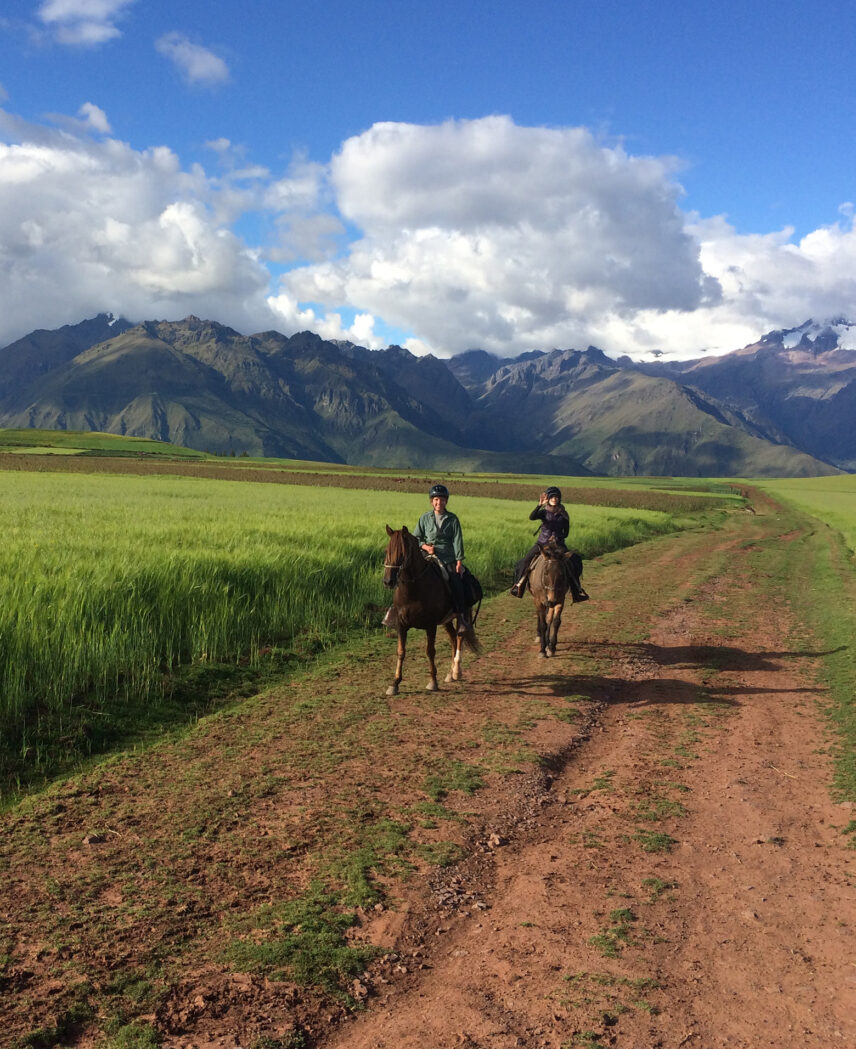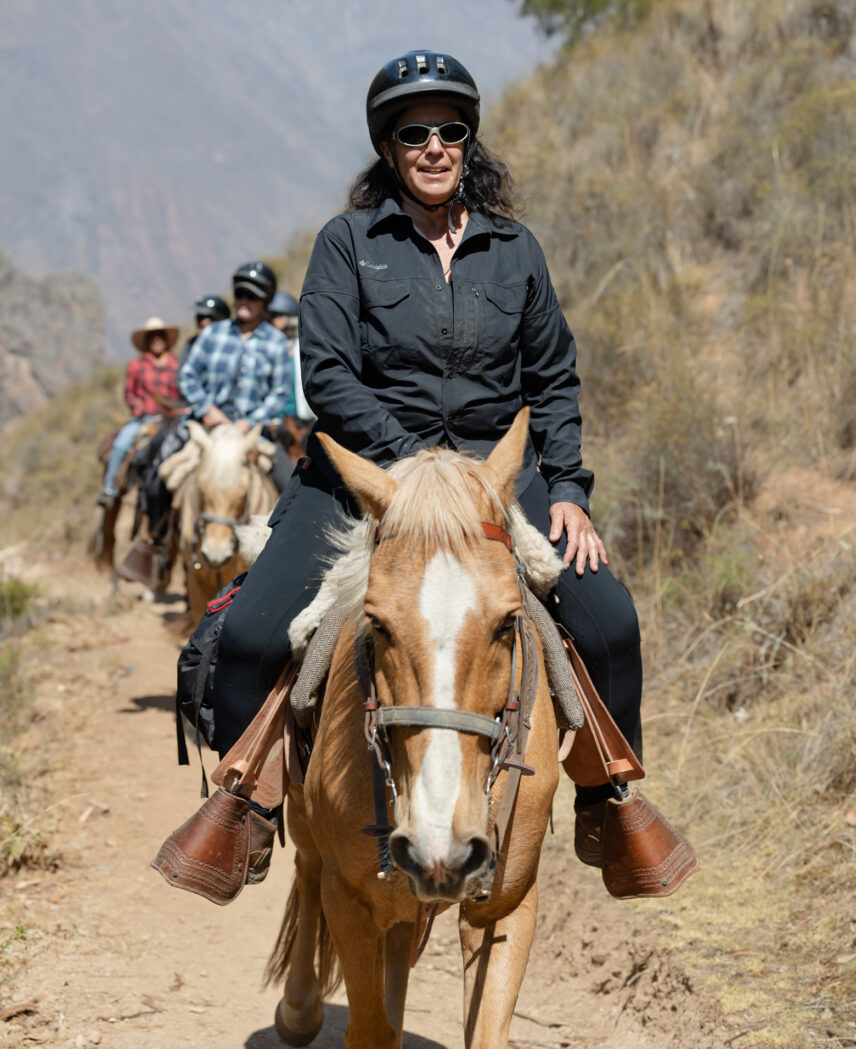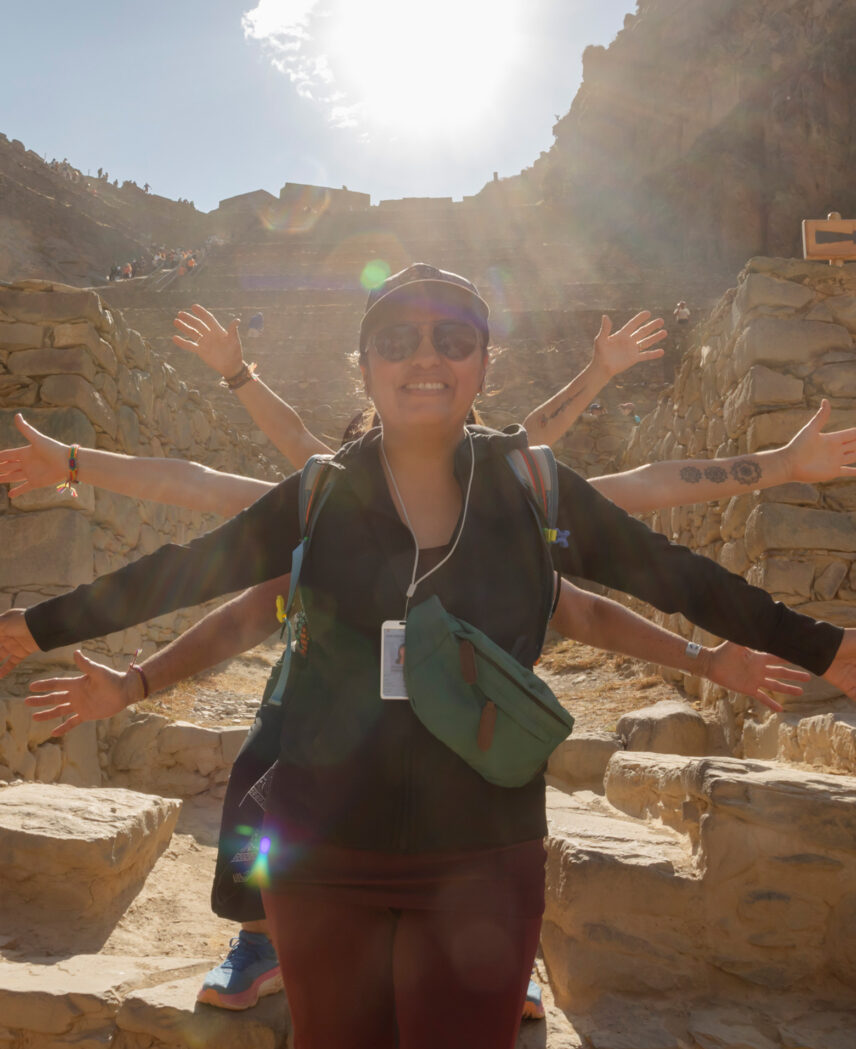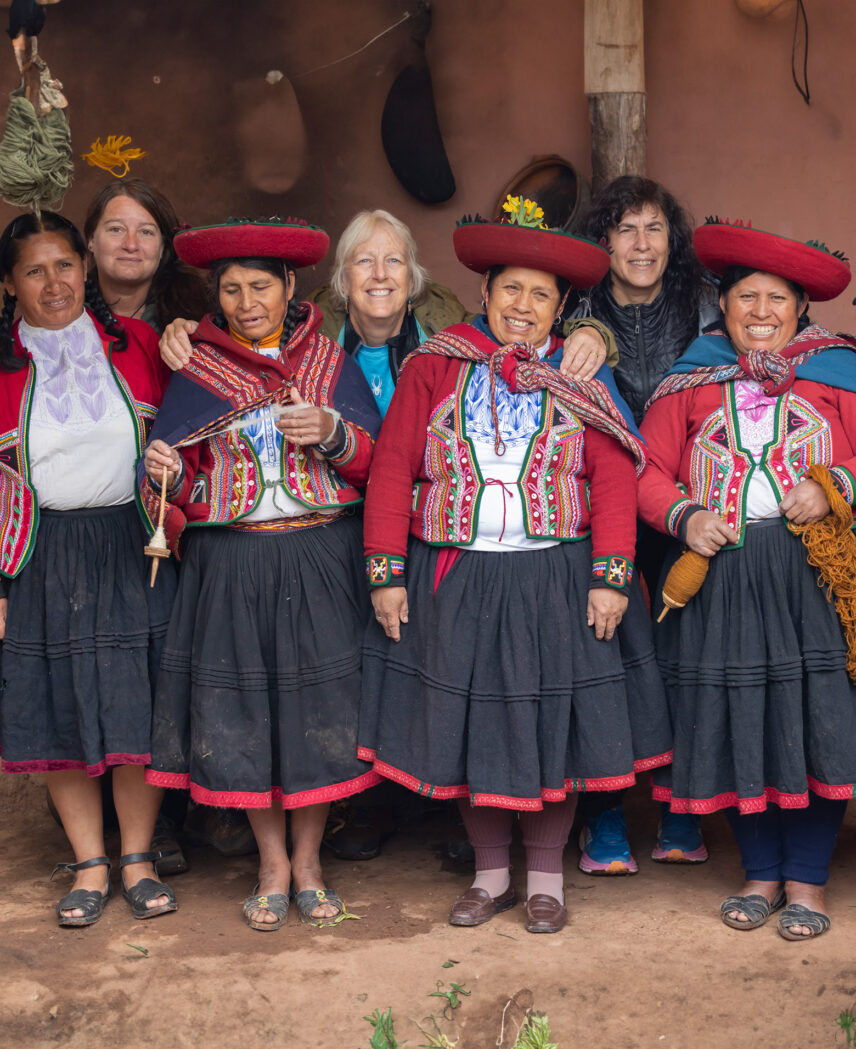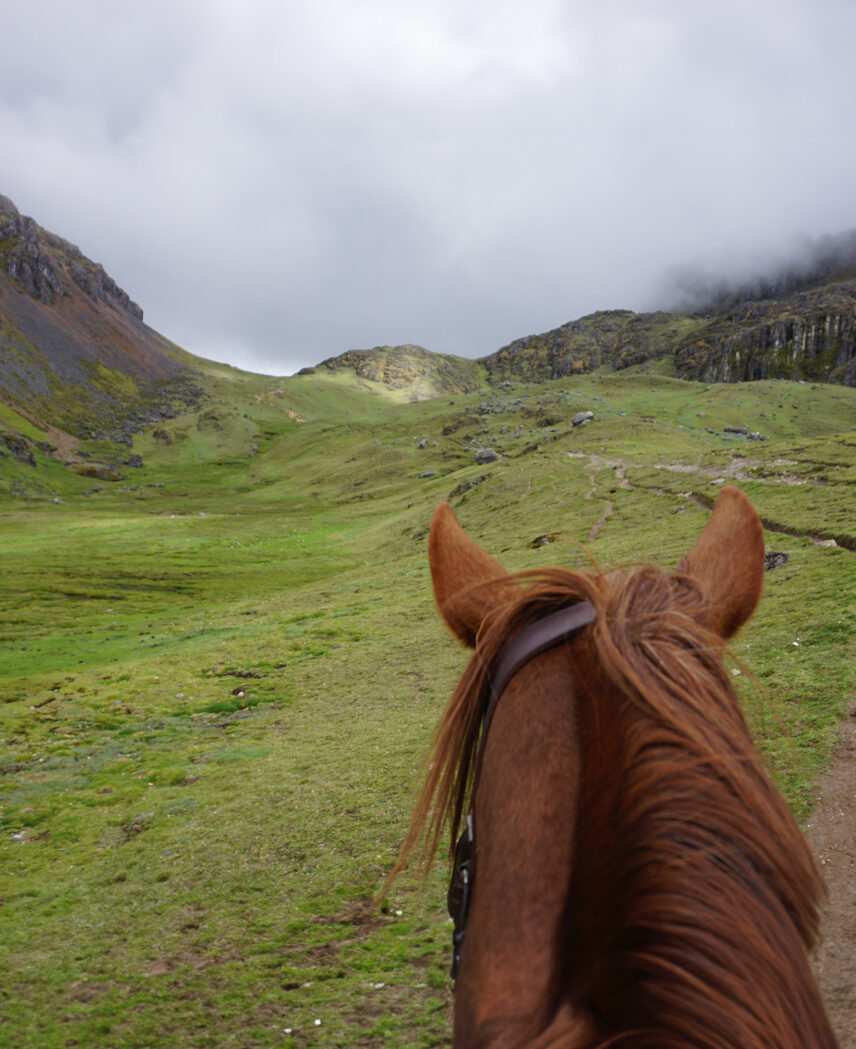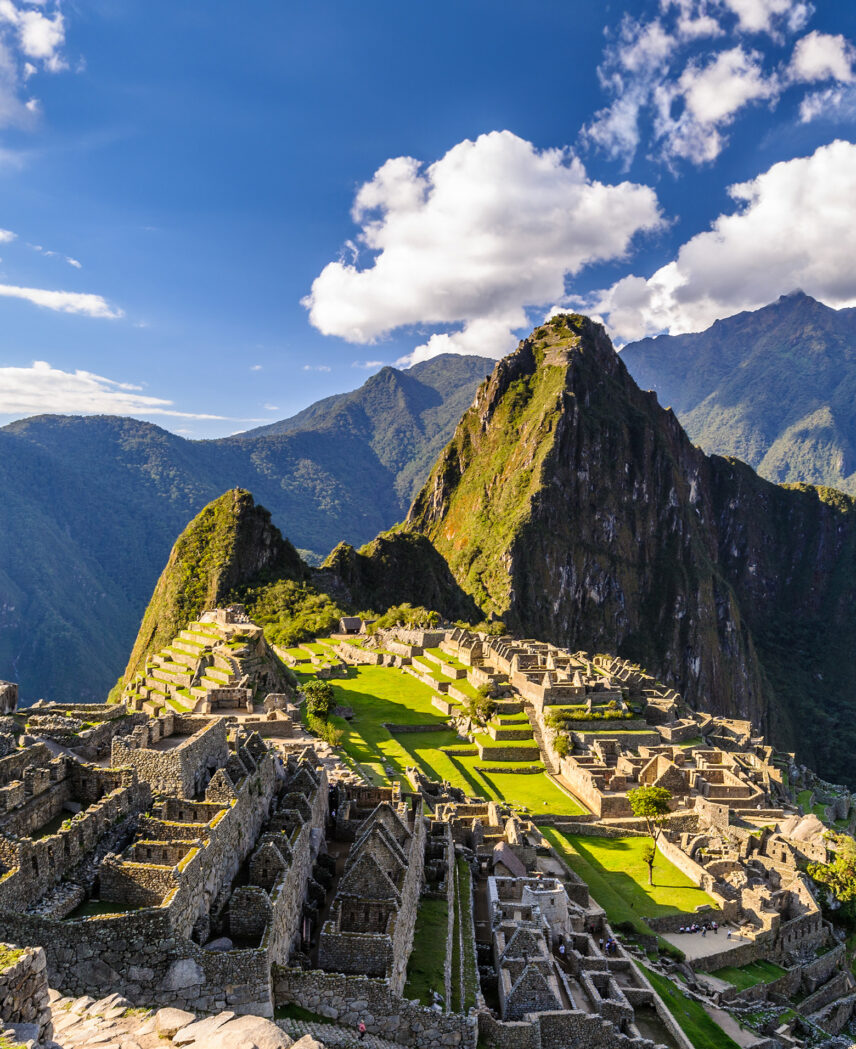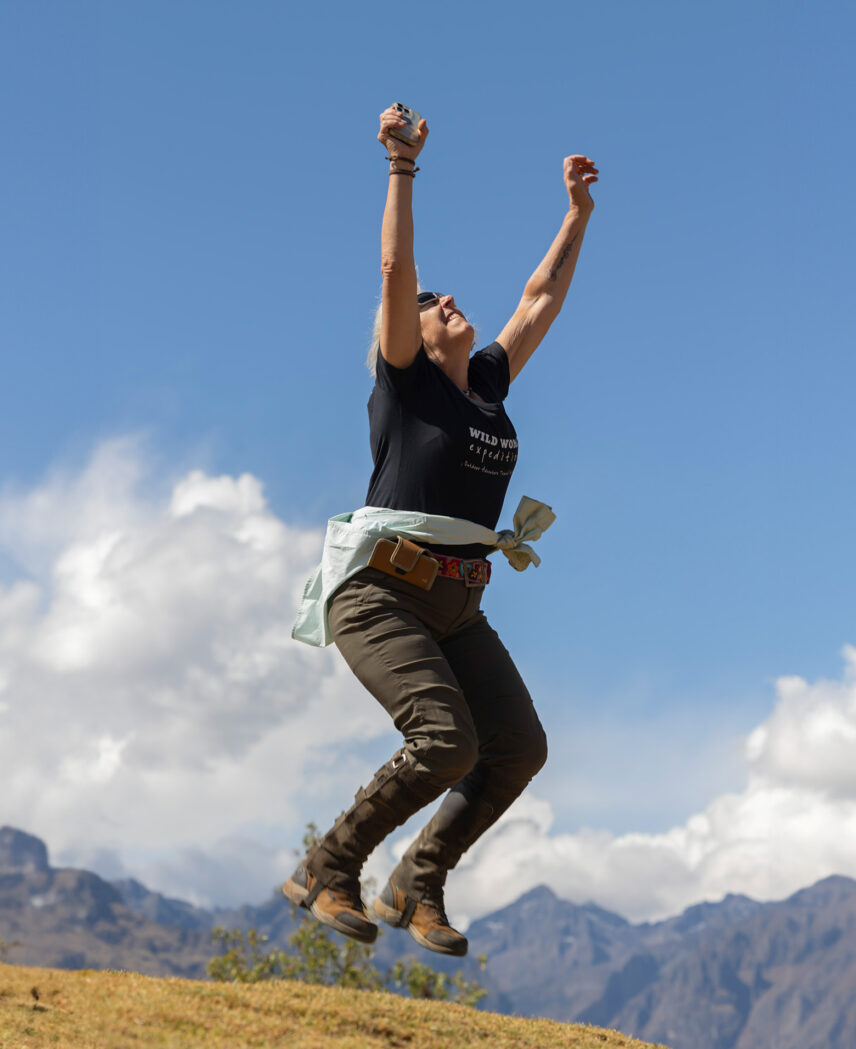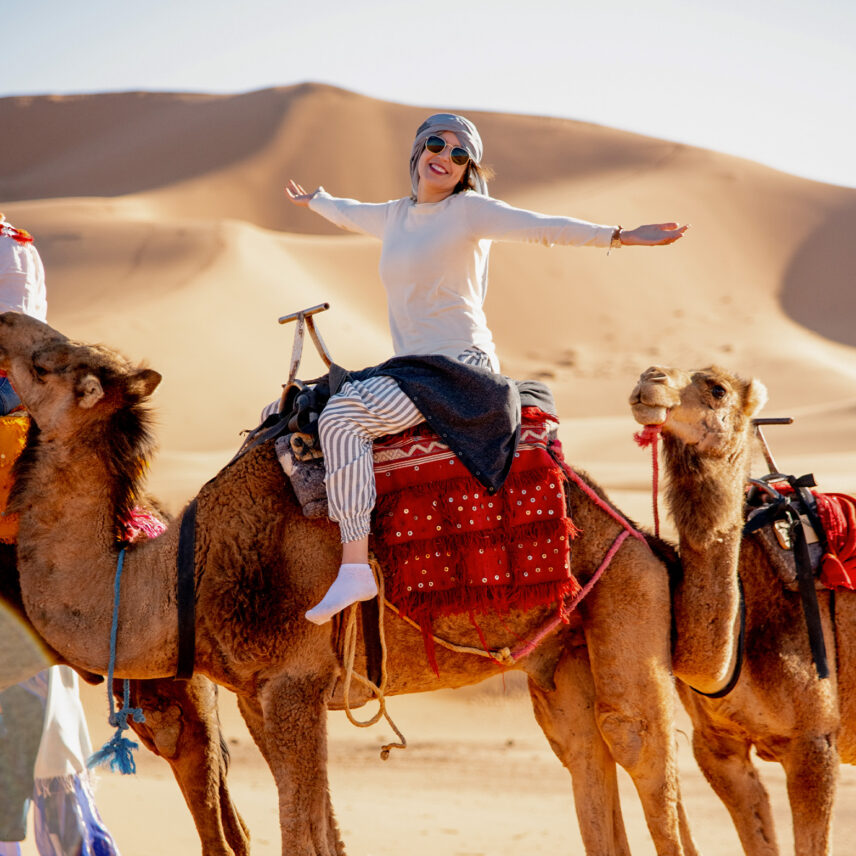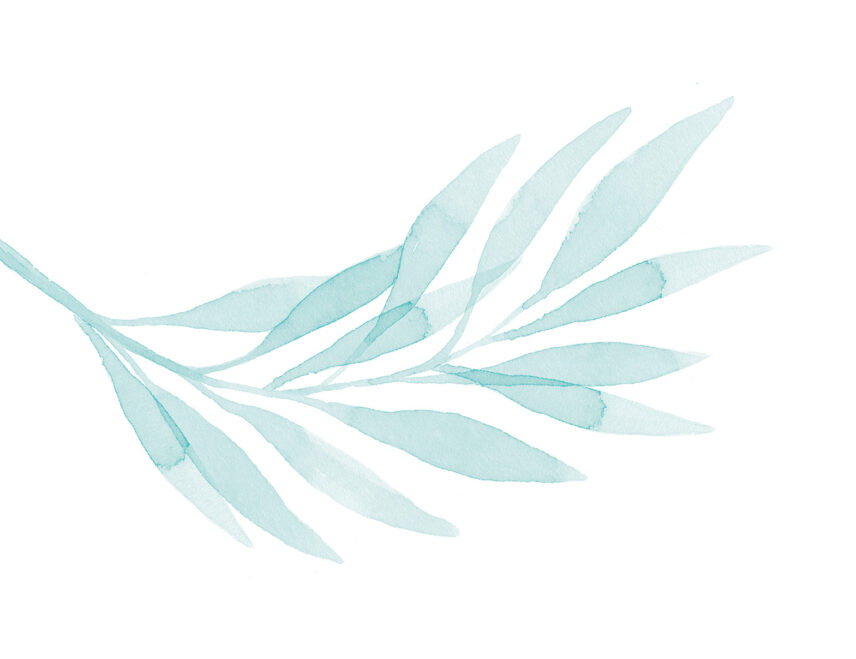
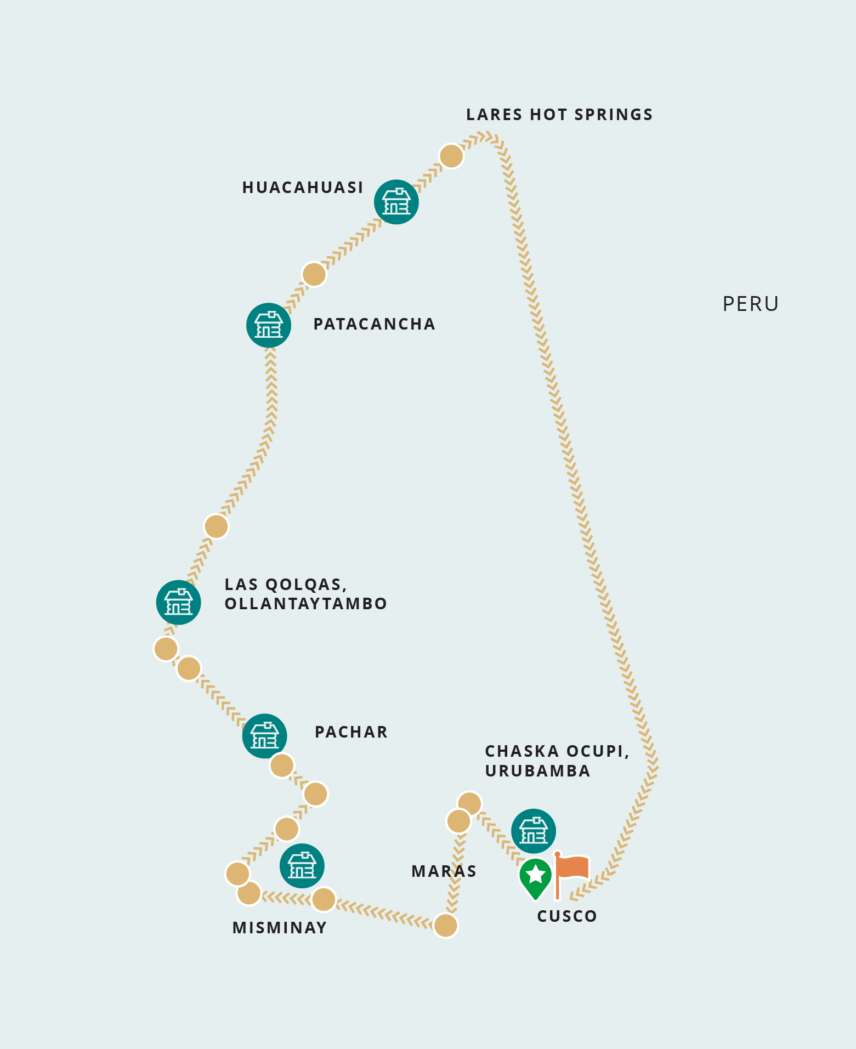
Trip Overview
Departures
Click for Dates + Prices
Duration
10 Days
Activities
Cultural
Horseback Riding
Physical Rating
Riding Ability: Experienced Novice–Intermediate
Be the First to Know
Interested in this trip? Get on the list for exclusive information and updates.
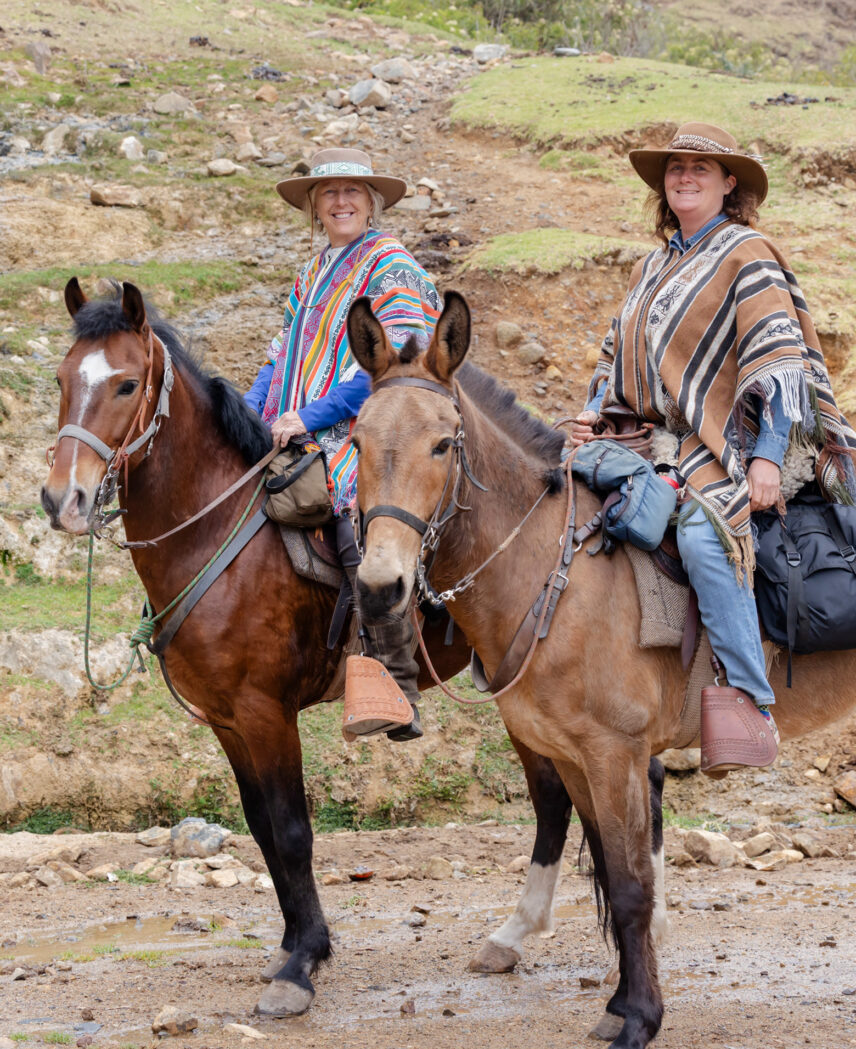
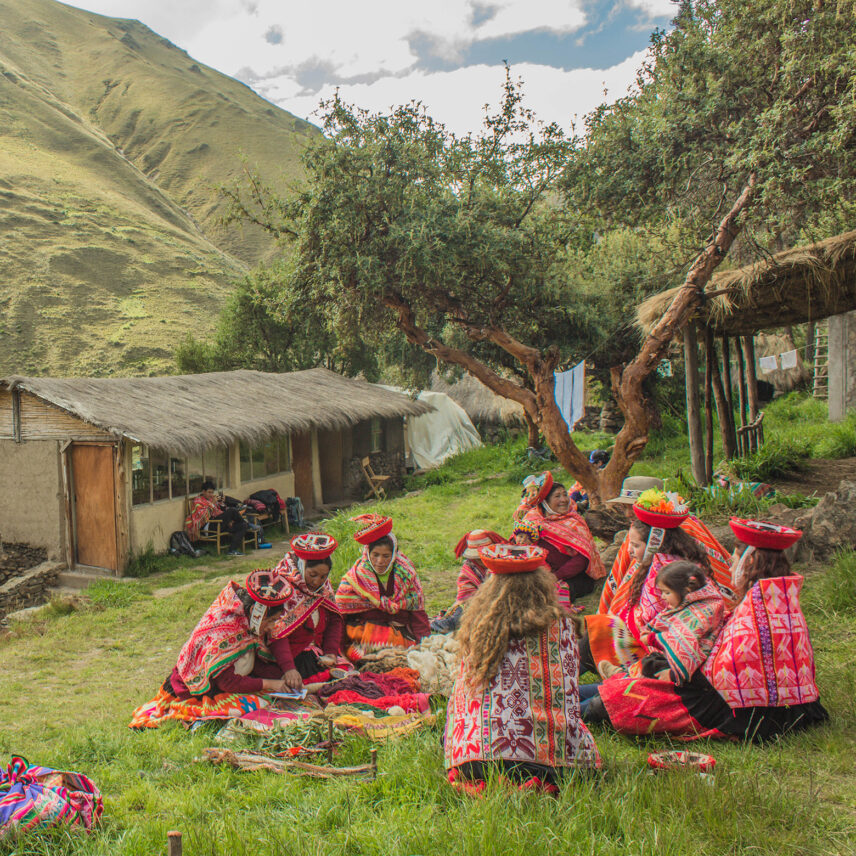
Peruvian Wonders
This immersive cultural expedition in the Peruvian Andes follows a route designed for confident novice and experienced riders. Ride into the sacred and verdant valleys on a Peruvian Paso horse in the company of accomplished Canadian horsewoman Kyd Campbell and Paola Miyahira, an Indigenous Quechua-speaking mountain guide. This beautifully balanced itinerary of mountain village visits and Incan ruins includes six rewarding days of highland horseback riding along secret sections of the Inca Trail.
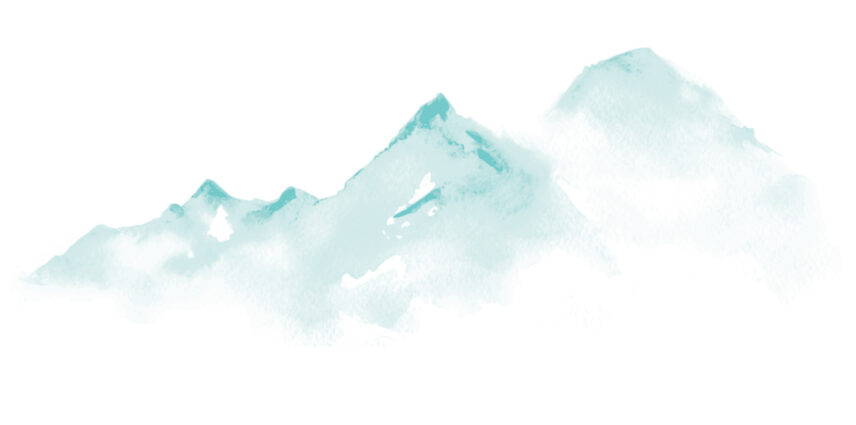
Witness the Ancient Marvels of Peru
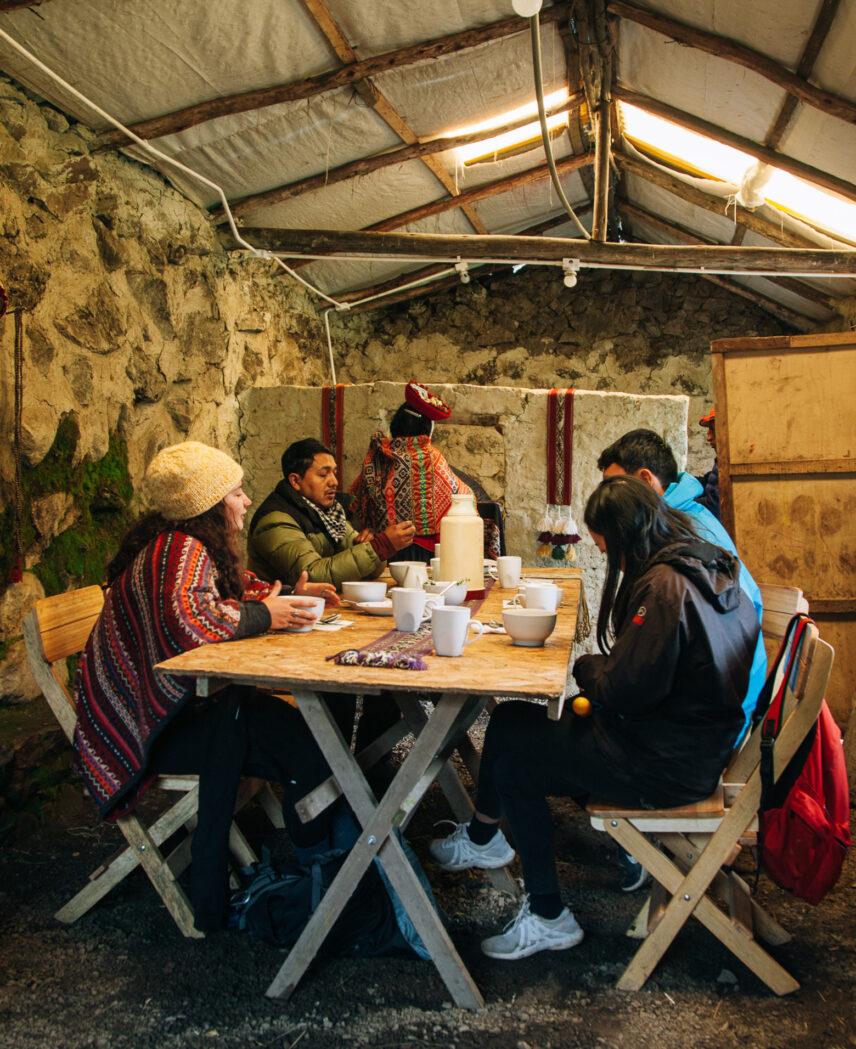
Machu Picchu Awaits
Experience mountain village life in an intimate way by staying in mountain huts and guest houses operated by local families. Our journey is full of flavors too—we enjoy a traditional Pachamama (earth oven) lunch, typical Andes cuisine and a memorable tasting menu at the Alqa Museum of Popular Andean Art. From the Maras salt pans to the circular terraces of Moray and Ollantaytambo’s stone streets, it’s an educational and whimsical adventure. The mystical embrace of Machu Picchu, the most famous historical site in all of South America, is the pinnacle of this all-encompassing Peruvian journey.
5 stars is not enough for Kyd and her team-100 stars at least. They are absolutely extraordinary. I felt well cared for and safe. I would ride with Kyd anywhere. Her horses are superb. My experiences in the far communities were exemplary. I learned so much and felt humbled and awed by both the old and new. Kyd’s relationships with all our hosts and Paola’s deep connection to them made us feel more like family than tourists. I am so grateful to have had this opportunity—it was truly the trip of a lifetime. Thank you.”
Susan K.
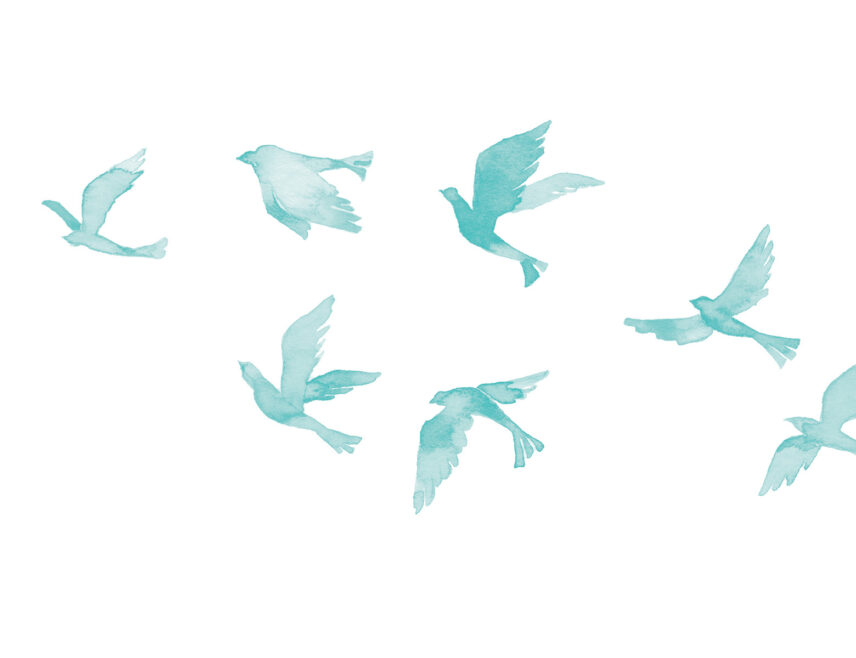
Itinerary
-
Day 1
Cusco City
A Tour of History
We arrive in Cusco, the historic heartland and former capital of the Incan Empire and immerse ourselves in the colorful city with a historical tour that provides a solid foundation for understanding the ancient and mystical Incan culture.
We explore the monumental Sacsayhuaman Incan Temple, with its astounding Lego-like construction, believed to retain 40% of its original structure, and then visit the Qoricancha Cathedral, a sacred site dedicated to the Sun God, which was impressively built in perfect alignment with stellar and planetary motion.
In the evening, we enjoy a culinary experience that introduces us to authentic Andean flavors before retiring to our classic cozy casona.
Included Meals
Dinner
Accommodations
Tambo del Arriero, Cusco
Elevation
11,155 feet (3,400 m)
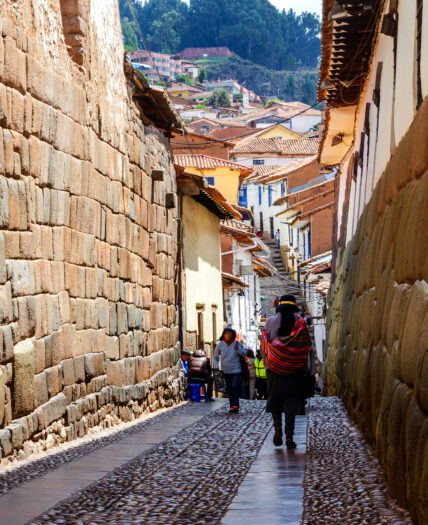
-
Day 2
Chinchero and Sacred Valley
A Traditional Earth Oven Feast
Our morning journey takes us up through verdant plains toward the Sacred Valley of the Incas. En route, we visit the small town of Chinchero, which sits higher than Cusco and is known for Inca architecture and Peruvian weaving production. We visit the family home of Augusta Puma Ccauhua, who supports a collective of women weavers, for a detailed textile workshop to learn more about this rich intergenerational tradition. After the workshop, we drive down to the village of Urubamba to visit the ranch and meet our horses.
For lunch, we pitch in to prepare a typical “Pachamanca” (“earth oven”) meal. Rooted in traditional celebration, this feast involves cooking chicken, lamb, alpaca and sometimes guinea pig on hot stones in a pit dug into the earth, before layering in Andean potatoes, sweet potatoes and habas (green fava beans).
After lunch we have the opportunity to connect with our horses through some holistic exercises before returning to Andean Wings. Be sure to wander through the gardens—you may catch a glimpse of a giant hummingbird!
Tonight we gather for a light dinner at the hotel and will receive our saddle bags to pack up. Sleep long and well—we ride out in the morning!
Included Meals
Breakfast, lunch and dinner
Accommodations
Tambo del Arriero, Cusco
Elevation
12,342 feet (3,762 m)
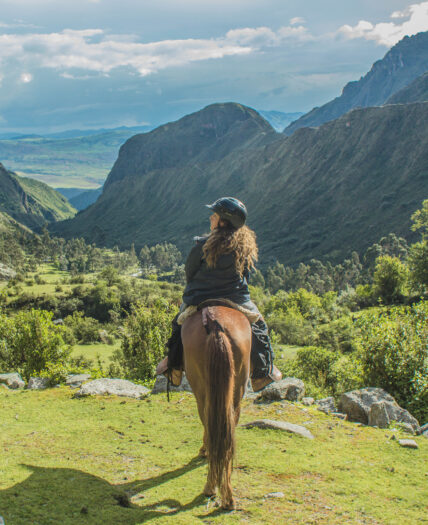
-
Day 3
Ride to Maras Salt Flats and Misinmay
Pass the Salt
After breakfast, we will be picked up by a van at 8:30 a.m. and transfer to the ranch. Our first day of riding covers about 9.3 miles (15 km) of moderately challenging terrain over five hours. We follow the Urubamba river, which snakes through the Amazon. The Inca considered this river to be sacred, and it was vital to maize production and the irrigation systems that were established in the fertile valley. From horseback, we get to know Peru’s rural architecture: pre-Incan tombs, colonial farmhouses and still-inhabited traditional adobe homes.
We pass through the Pichingoto Canyon up to the otherworldly Maras Salt Flats and visit the site of pre-Incan salt production, which is still in operation today. After sharing a picnic near an old hacienda on Maras plain, we ride into the community of Misminay late in the afternoon. In the village, we learn about powerful Indigenous medicinal plants that continue to provide healing, food, dyes, fibers, oils, resins and soaps for both locals as well as people world-wide.
We gather for a traditional dinner before being welcomed to unique guest houses located within family homes. An association of local families collectively manages the guest houses, which offer a wonderful opportunity to immerse ourselves in Peruvian culture firsthand.
Included Meals
Breakfast, lunch and dinner
Accommodations
Local guest houses in Misminay
Elevation
From 9,465 to 12,467 feet (2,885–3,800 m)
The Ride
9.3 miles (15 km) or approximately 5 hours (rated moderate with city and country riding)
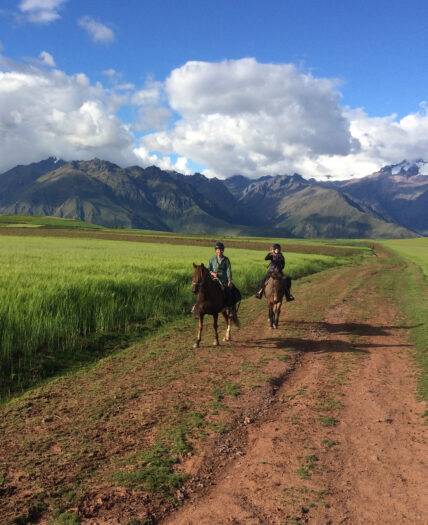
-
Day 4
Ride to Moray and Pahcari
Agricultural Marvels and a Riverside Retreat
This morning, we begin our ride at 9 a.m. to the panoramic lookout of the Moray Inkan Agricultural Laboratory. Here, we learn about the origin and development of the edible potato and highland farming. The Moray circular terraces served as agricultural laboratories for cultivating thousands of crops, including potatoes, corn, quinoa, kiwicha, winter and summer squash and coca.
Later, we cross the vast pastoral region of Maras and have the opportunity to canter towards the glaciers (for those who wish to) before we make our way down the Paucarbamba Canyon. On our descent we have a scenic picnic lunch, taking in valley and glacier views before returning to the Urubamba River.
When we reach the Andean village of Pachar, we stable our horses for the night at a riverside B&B. Tonight we chill out in our cozy guesthouse and have gourmet pizza made in an adobe clay oven by our host, Tony. It’s so quiet here that we will be able to hear the comforting sound of our horses munching in the garden as we rest for the night.
Included Meals
Breakfast, lunch and dinner
Accommodations
Casa de La Chola
Elevation
From 9,160 to 12,260 feet (2,792–3,737 m)
The Ride
14.5 miles (23.3 km) or approximately 6 hours (rated moderate/strenuous)
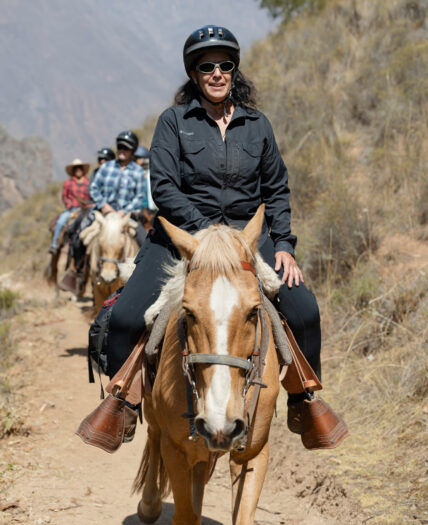
-
Day 5
Ollantaytambo Inkan Temple
Intersections of Culture and History
After breakfast, we ride along the river, past the Chokana watchtowers into the town and archeological zone of Ollantaytambo. Stabling our horses at Las Qolqas EcoResort, we indulge in an organic, garden-fresh lunch.
After lunch we will travel to Ollantaytambo by van and visit the fabled Temple of the Sun and the exquisite stone streets of the town with our local guide.
The town is nestled in a bowl-shaped valley with fortress-like entrances. Spanish colonization, spurred by an earthquake weakening the town’s defenses, led to a captivating blend of colonial-style buildings built upon original Incan foundations.
The town vibrates with excitement from eager travelers (us included!) bound for Machu Picchu. Tonight we experience the tasting menu at Alqa Museum of Popular Andean Art. When we get back to the lodge we’ll relax in our deluxe canvas cabins for the night. There are optional spa services available at the hotel in the evening. Tomorrow, we’ll be riding out!
Returning to our deluxe canvas cabins at the resort. There are optional spa services available (for an additional fee) to help us unwind before tomorrow’s ride.
Included Meals
Breakfast, lunch and dinner
Accommodations
Las Qolgas Eco Resort
Elevation
9,161 feet (2,792 m)
The Ride
5 miles (8 km) or approximately 3 hours (rated moderate/strenuous)
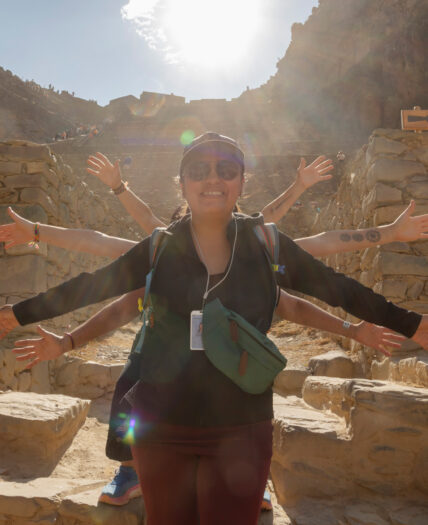
-
Day 6
Pumamarka and Patacancha
Ancestral Connections
We prepare our Paso horses for an early ride above Ollantaytambo, ascending a section of the legendary Inca Trail to reach the ancient outpost of Pumamarka. Along the way, we ride through the Incan farming sites and terraces called “The Thousand Steps” that are still farmed today.
We savor a caldo (soup) lunch and the views from a knock-out setting: an elevated glass cabin! Afterwards, we continue our journey along the river to Patacancha and a family-run rural tourism project called Patacancha Lodge. In the warm hospitality of the Quispe Huaman family we learn more about the local Andean community that maintains a lifestyle said to be “as close to that of the Incas.” The family has worked in cultural tourism for over a decade and offers dynamic workshops exploring the roots of their culture and beliefs.
Dinner will be a showcase of classic Andean flavours and staples, enhanced by Chef Gabriel’s exquisite touch. Satiated, we retreat to our mountain hut with private bathrooms!
Included Meals
Breakfast, lunch and dinner
Accommodations
Patacancha Lodge
Elevation
13,048 feet (3977 m)
The Ride
12.2 miles (19.7 km) or approximately 6 hours (rated moderate/strenuous)
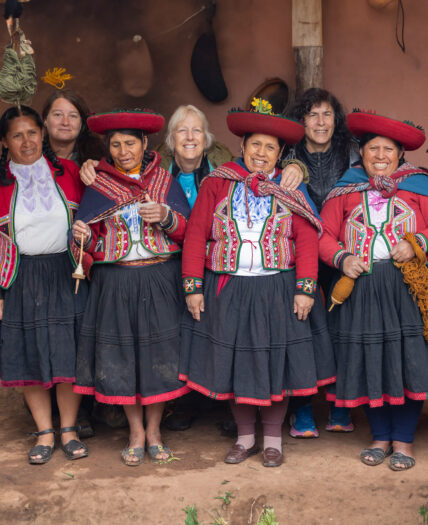
-
Day 7
Ipsay High Pass to Huacahuasi
Experience Mountain Village Life
After breakfast, the Quispe Huaman family will share their knowledge about planting with hand tools and hand-spinning grass ropes for traditional thatched roofs.
With a new skill set, we embark on a full-day ride to the high pass of Ipsay to the tiny village of Huacahuasi. Here, local life revolves around potato farming and alpaca husbandry. Prepare for unpredictable weather!
On the way, we have a sumptuous lunch of local trout and stuffed potatoes prepared by Vicente and his family. The stone mountain house overlooking the expanse of Ipsay lake is a tranquil place to relax and share stories. Our ride continues across alpaca farming areas, witnessing how various water sources feed into the Sacred Valley and shape mountain village life.
Tonight, we stay at Huacahuasi Lodge, a successful rural tourism project operated by three generations of local women. This is a feel-good stay as it is very rare for Andean women to independently own a hospitality business. They have received extensive training in hosting, cooking and cultural presentation. Our visit offers them the opportunity to stay tightly knit, prosper at home and preserve and share their culture in a rewarding way. The women have designed special “horse” motifs on their textiles just for us!
Included Meals
Breakfast, lunch and dinner
Accommodations
Huacahuasi Lodge
Elevation
14,600 feet (4,450 m)
The Ride
6.8 miles (11 km) or approximately 5 hours (rated moderate/strenuous)
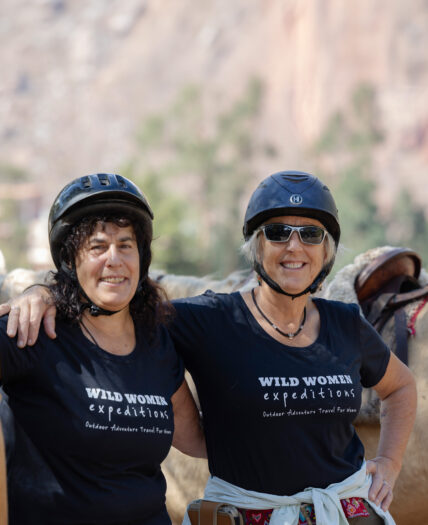
-
Day 8
Lares Highlands
A Final Dismount
This is our final day of riding! We begin with a ride down from Huacahuasi, past undulating fields and across a river, directing our faithful horses towards the highland community of Tambolaylla to refuel with a traditional lunch in a family home. This is also one of our last opportunities to purchase take-home textiles.
We then descend to Lares and bid farewell to our loyal horses before visiting the natural thermal springs coveted for their medicinal properties. The view from the valley cradled between two mountains is the best backdrop to unwind in.
A three-hour shuttle will take us back to Las Qolqas Eco Resort. What a journey we’ve shared over the past few days—we’ll sleep soundly tonight!
Included Meals
Breakfast, lunch and dinner
Accommodations
Los Qolqas Eco Resort
Elevation
12,523 feet (3,817 m)
The Ride
8.4 miles (13.5 km) or approximately 2.5 hours (rated moderate)
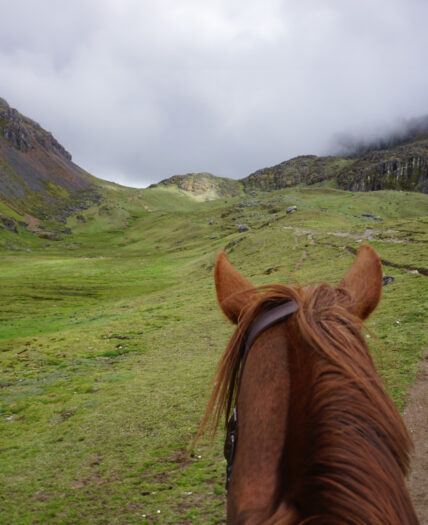
-
Day 9
Machu Picchu
The Lost City of the Incas
On our captivating final day of the Wild Women journey, we reach the pinnacle: Machu Picchu. We board an early train, leaving plenty of time to explore the stone palaces, towers, temples and staircases of this historical marvel. Our expert guides lead us on a five-hour walk to the most intimate views, with several stops to learn about how the Incas lived, loved, thrived and connected with the landscape. Culminating our experience along the Inca trail, we take a moment to celebrate our group’s efforts and newfound kinship in this surreal location.
After being thoroughly mesmerized by Machu Picchu, we return to Ollantaytambo on the iconic blue train. A van will shuttle us back to Cusco to the Andean Wings Boutique Hotel for dinner and a much deserved rest. Tonight’s only agenda is to relax, reminisce and share laughs and stories at the hotel over well-deserved pisco sours or classic fluorescent yellow Inca Kolas.
Included Meals
Breakfast, lunch and dinner
Accommodations
Tambo del Arriero, Cusco
Elevation
8,891 feet (2,710 m)
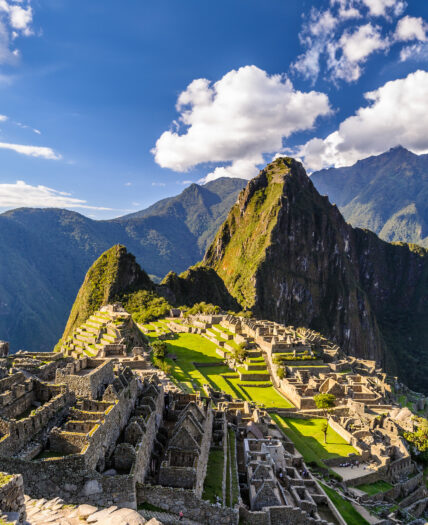
-
Day 10
Onwards
Cherished Memories
We enjoy one last filling breakfast at our hotel before taking a shuttle to the airport (or your next destination). Prepare for lingering hugs, the sharp pangs of saying goodbye to newfound friends and the ever-present question, where to next?
Included Meals
Breakfast
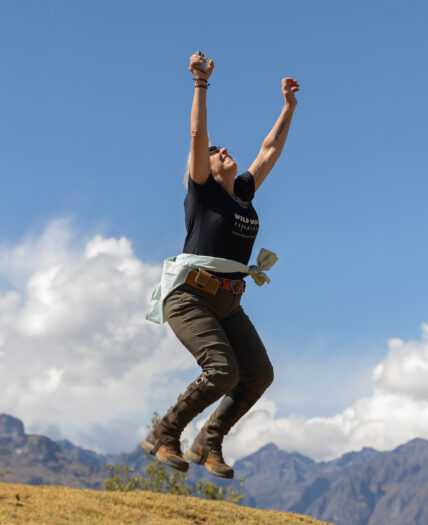
Take a Deeper Dive
Want all the details in one handy package? Download the full itinerary here.
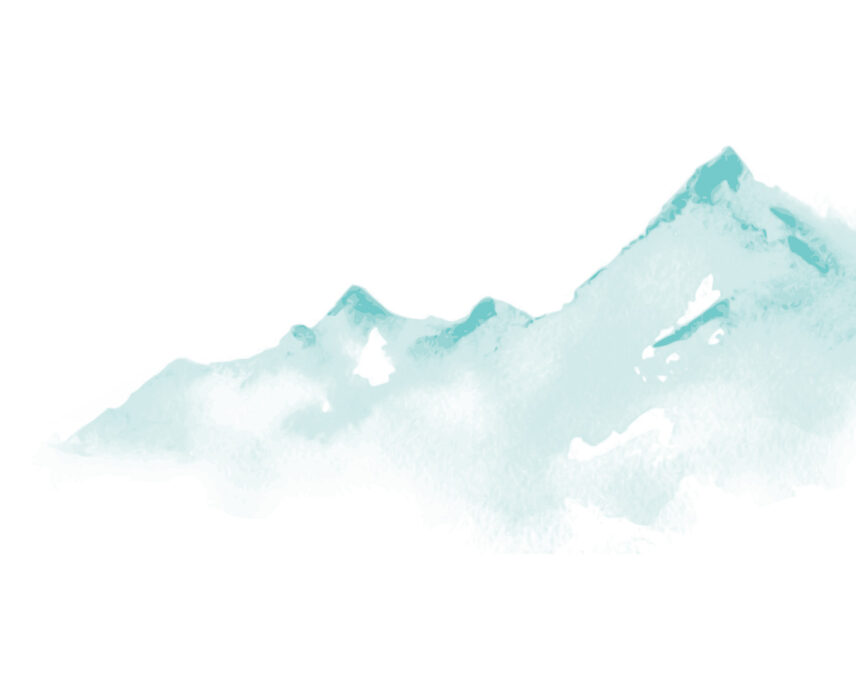
What’s Included
- Airport transfers (Cusco)
- Awesome English/French/Spanish and Quechua-speaking tour leaders
- Gaited Peruvian Paso horses and saddle mules (similar to Western-style)
- Nine nights’ shared accommodations in hotels, canvas cabins, mountain huts, B&Bs, lodges and guesthouses with local families
- Entrance to Qoricancha Basilica, Maras Salt Mines, Lares Hot Springs, Pumamarka archaeological site
- Regional “Boleto” Tourism pass
- Private transportation as listed in the itinerary
- Vehicle-supported six-day horse riding expedition
- All authentic Andean meals from Day 1 dinner to Day 10 breakfast
- Drinking water and daily snacks
- Items required during the day while riding
- Workshops about Andean agriculture, medicine and textiles
Please Note:
All applicable taxes are included in the trip price.
Itineraries may be subject to change without notice due to weather and other environmental conditions. Please review our Booking Terms.

Trip Details
Know Before You Go
Click HERE for all of the logistical details you’ll need to know prior to departure—including the packing list, arrival and departure details and suggested tipping information.
This trip starts in Cusco, Peru (airport code: CUZ) and finishes in Cusco, Peru (airport code: CUZ).
The Wild Women Way
If you’re wondering how we roll, it’s together. The Wild Women Way is our modus operandi, our mantra and our rock solid foundation. You can learn more about our Wild Ways HERE.

How We Support You
Ready for a big adventure? We’re in it together. On this trip, we’ll be spending many hours each day in a saddle, riding Western-style, so please ensure you get some riding in beforehand. We recommend you come with some familiarity with horses, being around them and riding, so you’re comfortable and able to fully enjoy the adventure. The best thing you can do to prepare is RIDE!
Like all our trips, this trip can be scaled to suit different abilities and comfort levels. If you have concerns or reservations about your ability to complete or enjoy this trip due to any physical or medical reasons, please contact us and let’s talk about it.
What the Trip Entails
This trip can accommodate most levels of rider. We would like you to be comfortable with the following:
- Riding Ability Rating: Experienced Novice–Intermediate (Comfortable at a walk and trot, gaining confidence at the canter.)
- Western tack and riding style
- Ability to balance and stay in control while maintaining a secure seat at a walk and trot
- Leading and riding horses over hilly, uneven terrain
- Being at altitude (above 10,000 feet/300 m) to a max of 15,800 feet (8000 m)
- The fitness and confidence to ride for 4–6 hours per day for seven days at altitude
- The maximum rider weight for this trip is 210 pounds
